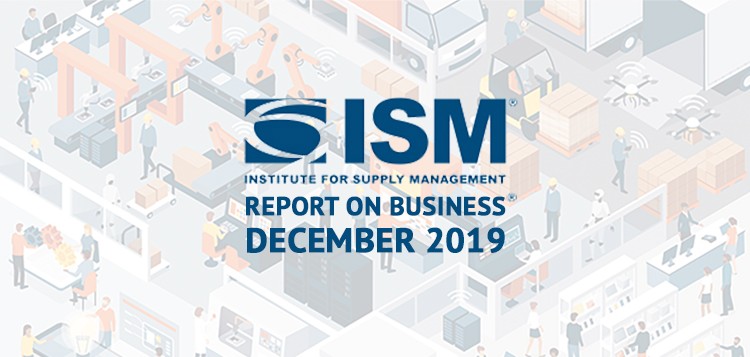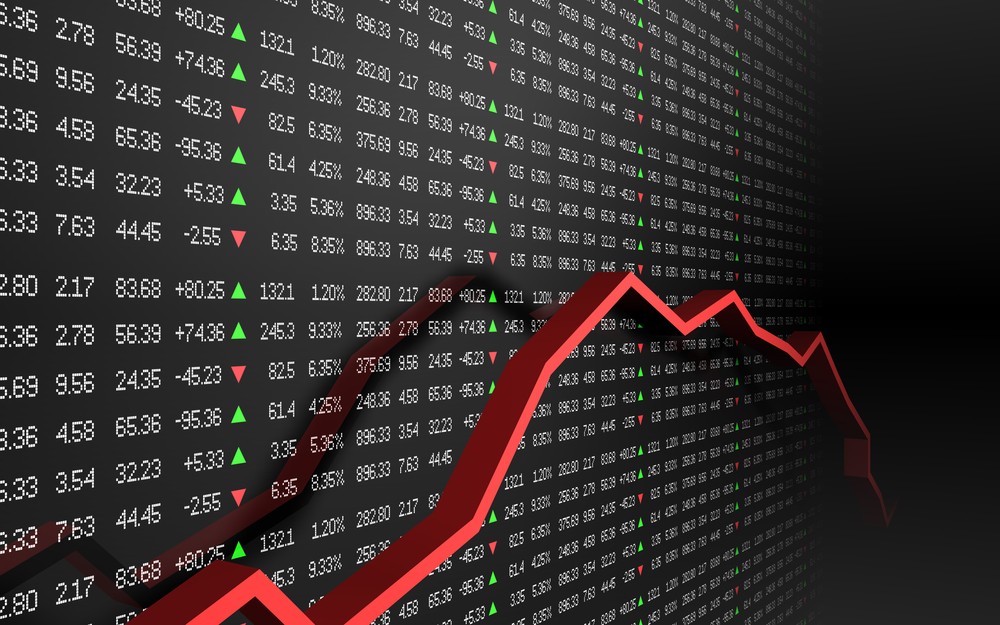Manufacturing Index Reaches a New 10-Year Low; Decline Expected to Continue

Just a week into 2020 and the December 2019 Manufacturing ISM® Report On Business® is out, capping the end of a year in slow decline for the manufacturing sector. December’s numbers weren’t just the lowest in 2019, they’re the lowest we’ve seen in the last 10 years, putting new urgency in the report. The manufacturing economy is down across the board, despite the announcement of improved trade relations with China. Worse still, the poor numbers are expected to continue into January.
The overall PMI was down nearly 1% in December, pushed lower by declines in several key areas. The biggest drivers of contraction were production, down a whopping 5.9%, and customer inventories, which fell close behind, down 3.9%. New orders (-0.4%), employment (-1.5%), and new export orders (-0.6%) all fell as well. Prices, which showed decreases in November, swung back up in December by 5%, marking extreme volatility in another key area of the report. Imports (0.5%), order backlogs (0.3%), inventories (1%), and supplier deliveries (2.6%) all rose.
Manufacturing ISM at the lowest point in a decade
The report puts the Manufacturing ISM at its lowest point in a year, far short of the 12-month average of 51.2%. However, December’s ISM (47.2%) isn’t just the low point of the year — it’s the lowest point in a decade.

How the industry got to this point isn’t a secret. A decade-long bull market, uproarious international trade tensions, a widening industrial skills gap, and more are all headwinds that have blown fierce the last 12 months. But the persistent question remains: Is this a segue to a recession reminiscent of 2008?
Economists predict no. That doesn’t mean manufacturing recession won’t be a catalyst for other recessive elements in the world economy, however. Manufacturing may even begin to expand again in short order. Economic stimulus through phase one of the newly announced trade deal with China could push the PMI higher. Much of the future of the manufacturing economy will become clear in the first quarter of 2020 and will likely cement itself headed into quarter four of this election year.
In a December interview, ISM Manufacturing Business Survey Committee Chair Tim Fiore said, “If you look at the phase one [U.S.-China trade] deal and the fact that there is actually a deal and people are talking … and exports licenses may be slowing down to the Chinese more than they were, that should bode well for computers and electronics. And the economic stimulus in China should bring back more demand in the chemical area. If both of those sectors head up, then the PMI can go back up over 50.”
Industry executives aren’t as optimistic, however. Concerns about a lasting economic slowdown resound from important corners of the sector, including fabricated metal products, transportation equipment, and chemical products:
“Anticipated large export orders did not materialize. As a result, expected U.S. production has decreased.” — Fabricated Metal Products
“Cautiously optimistic is the rule these days. Sales are decent, but we’re wondering what 2020 will bring. Still hedging that it will be successful — but maybe not as much as this year.” — Transportation Equipment
“Due to sluggish sales, we have introduced promotions to generate increased sales.” — Chemical Products
It’s too early to tell where the bottom is for manufacturing and how much the industry will contract before it stabilizes. 2020 looks to be a pivotal year, and we’ll know soon enough if the slide continues, plateaus, or rebounds.
